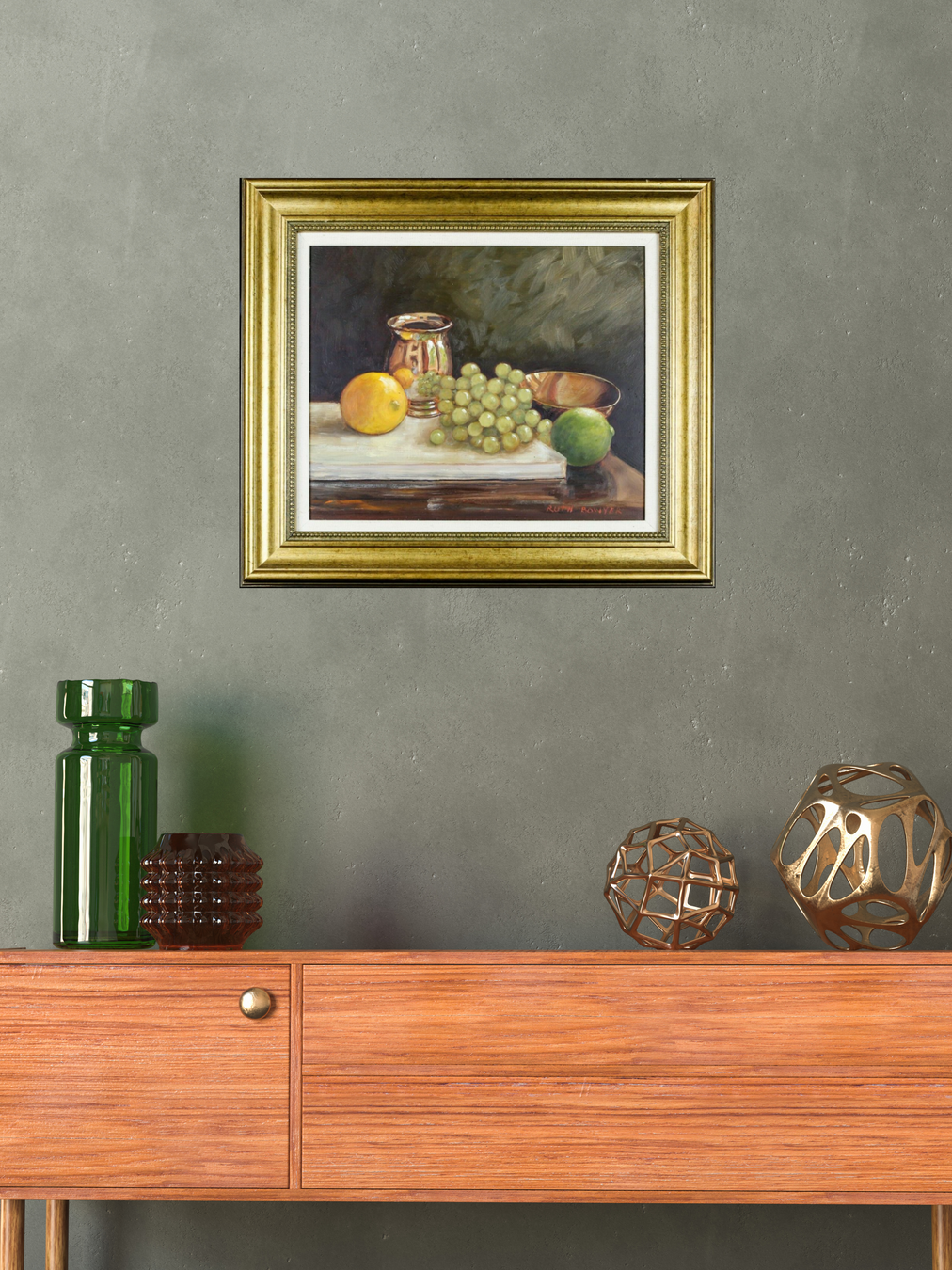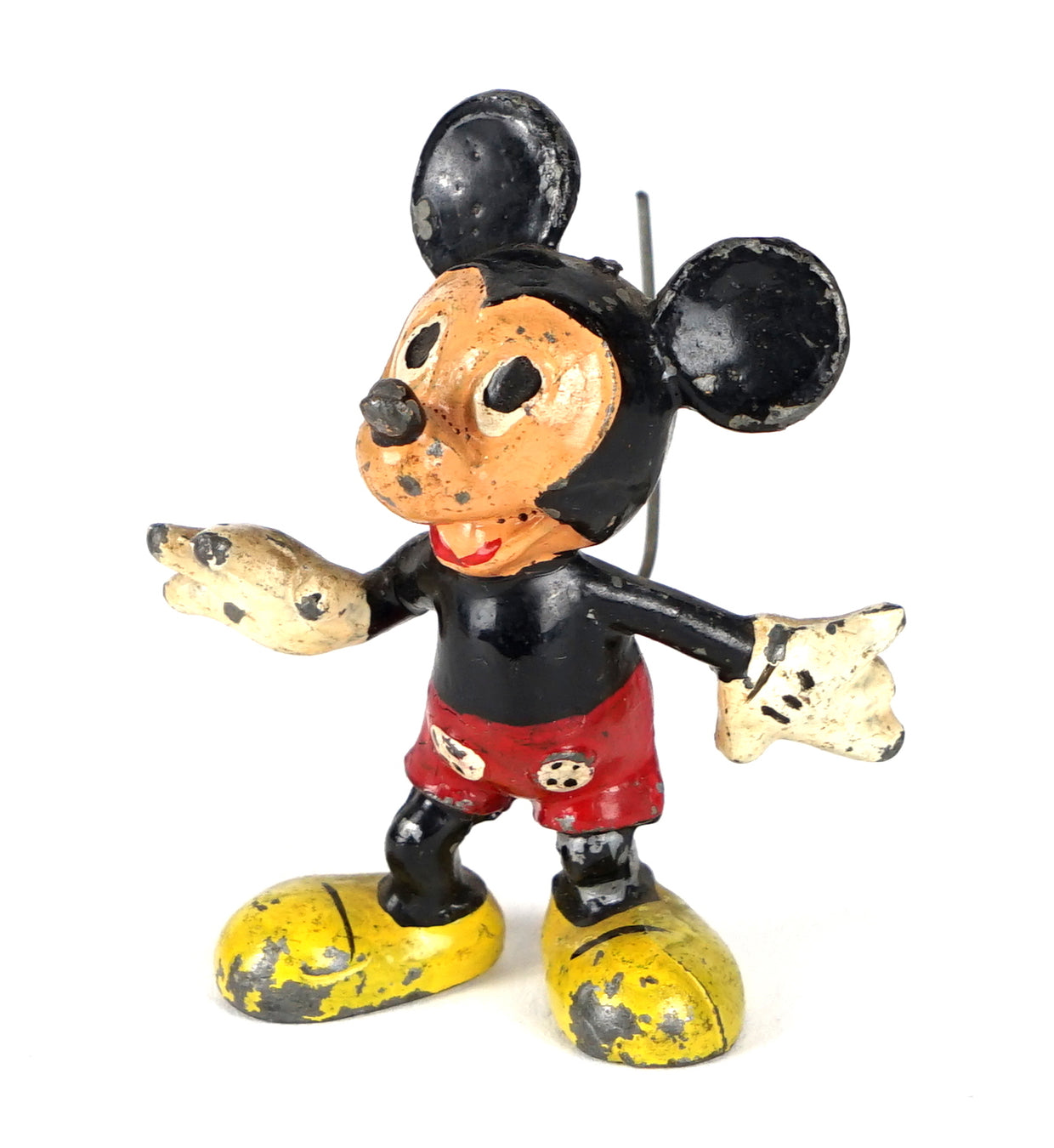Sell Your Collectables

How do I know if my Troika pottery is valuable?
Troika pottery has become a firm favourite among collectors of British ceramics, thanks to its striking designs and unique place in art history. If you have a piece of Troika, whether inherited or picked up by chance, you might be wondering if it has any value. The value of a Troika pottery piece is dependent on several factors, including rarity, condition, style and even provenance.
What is Troika pottery?
Troika pottery was founded in St Ives, Cornwall, in 1963 by three artists: Leslie Illsley, Benny Sirota, and Jan Thompson. Troika pottery takes its name from the Russian word for "trio", reflecting the partnership between these founders. Troika aimed to break the mould, quite literally, creating bold, abstract ceramics that stood out against the traditional designs of the time.
Each piece was finished by hand, making it unique, with their work often combining coarse, textured exteriors with glazed interiors and sharp geometric patterns. Over time, Troika developed a strong following among collectors who appreciate its originality and craftsmanship.

What makes Troika so special?
There’s something distinctive about a Troika piece. Maybe it’s the striking contrast of colours. Maybe it’s the unusual shapes. Or maybe it’s the story behind each one.
Collectors look for a few key characteristics. These include abstract geometric shapes, heavily textured surfaces with a deliberately rough finish, and interiors glazed in bold, earthy colours. In rarer cases, brighter tones appear, such as deep turquoise, vivid red or rich cobalt, offering a striking contrast to the muted exterior.
While Troika’s irregular shapes and rugged forms may be an acquired taste for some, many collectors feel these qualities only add to its charm, making each piece more intriguing and expressive.
How to spot genuine Troika pottery
Authenticity matters. Real Troika pottery will usually have the word "Troika" stamped clearly on the base. Some include “St. Ives” or “Cornwall” too. Early pieces may have handwritten signatures, especially those created before the 1970s. And while unmarked pieces do exist, it’s best to be cautious, as reproductions aren’t uncommon.


Typical price ranges
Troika pottery values can vary widely. Smaller, more common pieces like ashtrays or mugs are often valued between £100 and £300. Mid-sized items such as vases and bowls typically sell for £300 to £600, depending on rarity and condition.
Large vessels or pieces with distinctive glazes and vibrant colours in excellent condition can be particularly valuable, often selling for £1,000 or more.
In recent years, record-breaking sales have been reported for museum-quality pieces or those with excellent provenance, reflecting the growing appreciation for Troika as an important part of 20th-century British design.
For example, this genuine Troika piece is currently listed on eBay for £2,395 (May 2025).
What makes a piece valuable?
Collectors and appraisers look at:
-
Condition: Chips or cracks reduce value, but minor flaws may be forgiven on rarer pieces.
-
Markings: Look for the Troika stamp and artist signatures.
-
Design: Unusual shapes or colour schemes add value.
-
Provenance: If the piece has a known history, that can increase interest.
-
Market demand: Auction prices fluctuate, so it's worth checking recent sales.
Is Troika pottery still in production?
Troika pottery ceased production in 1983 when the original pottery closed. While some artists involved went on to create ceramics individually, the Troika brand itself no longer produces new work. This means all Troika pottery on the market today is vintage or collectable.
Has Troika gained value over time?
Troika’s reputation has only grown since the pottery closed. Pieces that once sold for modest sums now regularly fetch hundreds, even thousands.
More than that, Troika pottery is a piece of design history. It represents a shift in how ceramics were made and appreciated in the UK.
Is Troika pottery suitable as a gift?
Troika pottery makes a thoughtful and distinctive gift, especially for those interested in art, design, or British heritage. Its unique look means it stands out from more conventional ceramics.
Whether it’s a smaller item like an ashtray or a statement vase, it demonstrates thoughtfulness and an appreciation for craftsmanship. You never know, it might even inspire a new passion and start a collection. Read our recent blog: Is it ok to give people gifts from antique shops?
Where to buy and sell Troika pottery online
If you think you own a piece of Troika, or you're considering adding to your collection, it’s worth seeking advice from a reputable dealer. PM Antiques is a trusted name, offering quotations and guidance whether you're buying or selling.
The process is simple and transparent. Whether you're curious about that ceramic vase gathering dust in your attic or actively hunting your next statement piece, expert advice can make all the difference.

So, how do I know if my Troika pottery is valuable?
Start by looking underneath. Check for the Troika painted mark. Take a closer look at the colours, shape, and condition. If it has that unmistakable texture and form, it may be more than just a decorative object.
It could be a collector’s item. A conversation starter. A slice of ceramic history.
Our Service
Ready to find out more? See our full range of Troika pottery for sale online or get in touch for a valuation to know if your Troika piece is valuable. You never know what you might uncover.
Read related blog posts:




